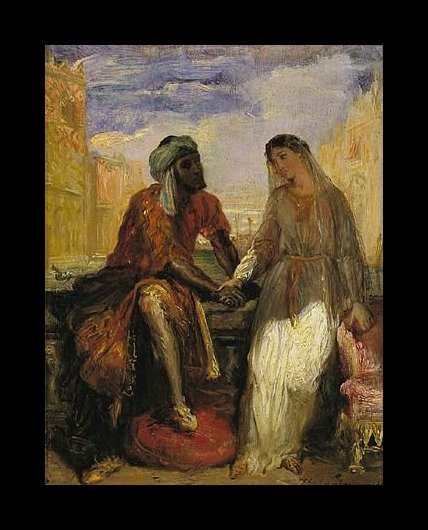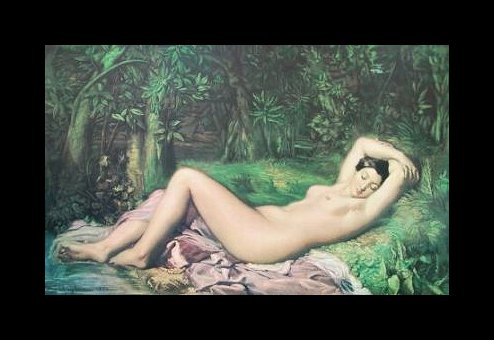Theodore Chasseriau (1827-1877)
Get a Chasseriau Certificate of Authenticity for your painting (COA) for your Chasseriau drawing.
For all your Chasseriau artworks you need a Certificate of Authenticity (COA) in order to sell, to insure or to donate for a tax deduction.
Getting a Chasseriau Certificate of Authenticity (COA) is easy. Just send us photos and dimensions and tell us what you know about the origin or history of your Chasseriau painting or drawing.
If you want to sell your Chasseriau painting or drawing use our selling services. We offer Chasseriau selling help, selling advice, private treaty sales and full brokerage.
We have been authenticating Chasseriau and issuing certificates of authenticity since 2002. We are recognized Chasseriau experts and Chasseriau certified appraisers. We issue COAs and appraisals for all Chasseriau artworks.
Our Chasseriau paintings and drawings authentications are accepted and respected worldwide.
Each COA is backed by in-depth research and analysis authentication reports.
The Chasseriau certificates of authenticity we issue are based on solid, reliable and fully referenced art investigations, authentication research, analytical work and forensic studies.
We are available to examine your Chasseriau painting or drawing anywhere in the world.
You will generally receive your certificates of authenticity and authentication report within two weeks. Some complicated cases with difficult to research Chasseriau paintings or drawings take longer.
Our clients include Chasseriau collectors, investors, tax authorities, insurance adjusters, appraisers, valuers, auctioneers, Federal agencies and many law firms.
We perform Theodore Chasseriau art authentication, appraisal, certificates of authenticity (COA), analysis, research, scientific tests, full art authentications. We will help you sell your Theodore Chasseriau or we will sell it for you.
Theodore Chasseriau was born in the Dominican Republic, but moved with his family to Paris at the age of one. He was a child prodigy and entered the studio of Jean-Auguste-Dominique Ingres at the age of eleven. He also studied with Amaury Duval, and Ziegler. Ingres said of him, “This child will be the Napolean of painting.” He made his Salon debut in 1830, with two biblical subjects, and two portraits.
Chasseriau was attracted to Oriental subject matters very early on in his career, and from as early as 1828, he copied drawings of Arabs and Mamluks from popular prints. It is said that his friendships with Duazats, and Marilhat also had a role to play in his fascination with the Orient.
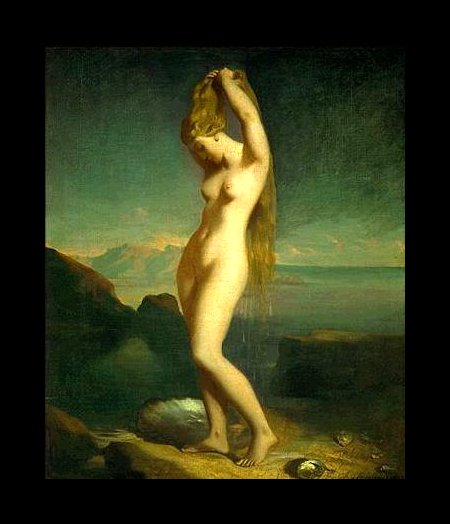
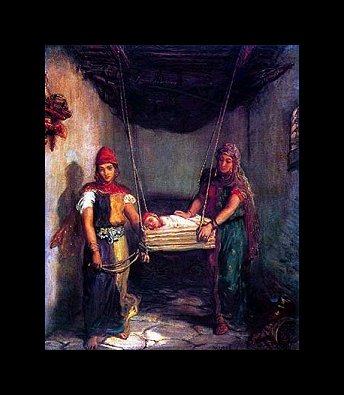
In 1840, he followed Ingres to Rome, and while he was there he became interested in the Romantic efforts of Delacroix. Chasseriau was disappointed with his time in Rome, and is quoted as saying, “It is not in Rome that we can see real life.” On his return to Paris in 1841, he received a number of commissions to produce decorations for church, and public buildings. He was commissioned to decorate the church of Saint Merri. This was the first of a series of religious and allegorical paintings produced between 1844, and 1854 for public buildings. In his decorations he sought to exemplify majesty, and sublimity, and his decorations later influenced Gustave Moreau’s symbolist style.
In 1845, he sent a painting to the Salon, entitled, “Caliph de Constantine followed by his escort.” This painting pre-dates his journey to Algeria, and it is thought that he took his inspiration from an evocative passage, describing the pageantry of the Druse Warriors in Lamartine’s, “Voyage en Orient,” published in 1835. It is said that in its scales, and decorative effects, it recalled early Renaissance frescoes, and reflected Chasseriau’s involvement with the mural decoration for the Cours des Comptes. In fact it was this mural decoration for the Cours des Comptes in the Palais d’Orsay, which also established him as one of the leading decorative artists of the nineteenth century. Unfortunately, these decorations were later destroyed in a fire. The painting, “Caliph de Constantine,” now hangs in the Musee National du Chateau de Versailles.
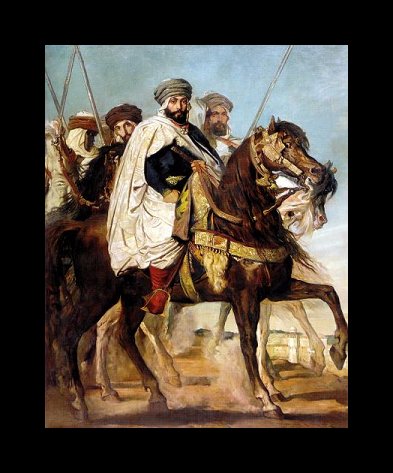
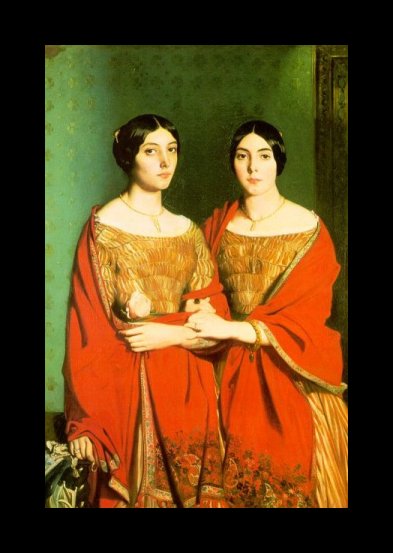
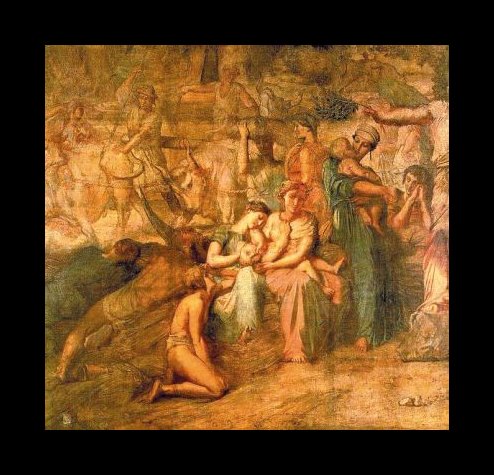
In 1846, he followed in the footsteps of Delacroix, and traveled to Algeria, where he stayed for two months. This trip was to have a profound effect on him. The watercolours, and detailed drawings that he produced during his time there was to provide inspiration, and material for his work for the next ten years of his life.
Chasseriau was also a prolific draftsman, and like Ingres he drew portraits in graphite, and he also worked as an illustrator, illustrating an edition of Shakespeare’s Othello.
Paintings by Chasseriau can be seen all over the world. The Louvre museum, in particular, has a selection of his portraits, and his Oriental paintings, such as, “Interior of an Arab school in Constantine.” The Fogg Art Museum in the States also holds a number of his paintings, including, “Arab Horsemen Carrying Away Their Dead,” and “Arab Combat.”
If you believe you own a work of art by Theodore Chasseriau, contact Art Certification Experts. We authenticate, appraise, research and provide Certificates of Authenticity (COA's) for works by Theodore Chasseriau.
